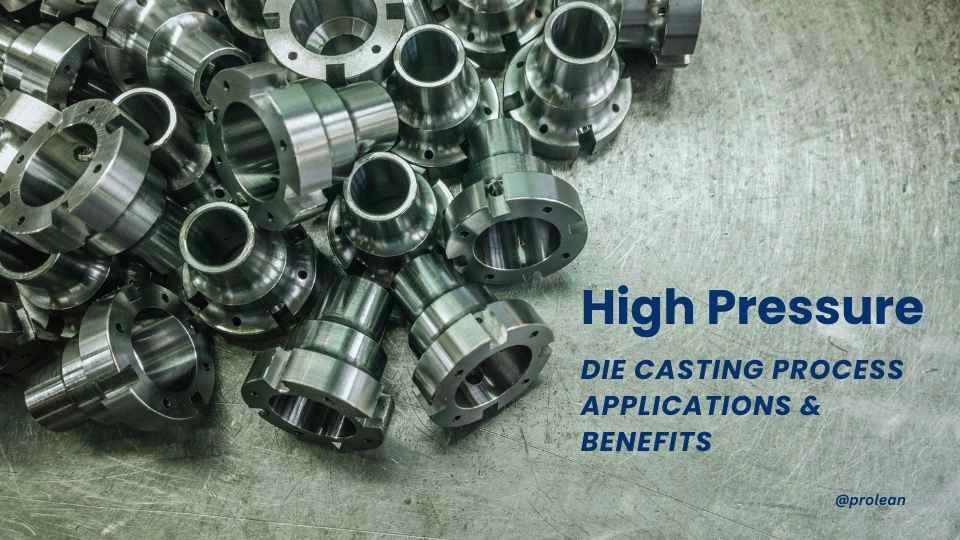
The High-Pressure Die Casting Process applications are perceived to create complex shapes of metal components. It guarantees high accuracy in developing elaborate designs. Compared to other techniques, the method is fast and effective as it minimizes material utilization. Moreover, it’s cheaper in the long run and, therefore, an affordable option for the manufacturers.
Before going into further details of high pressure die casting process applications, it’s necessary to understand: what is the hpdc? This article will answer all such queries, don’t worry. So, let’s get into it.
High-Pressure Die Casting: A Brief Explanation of Technique
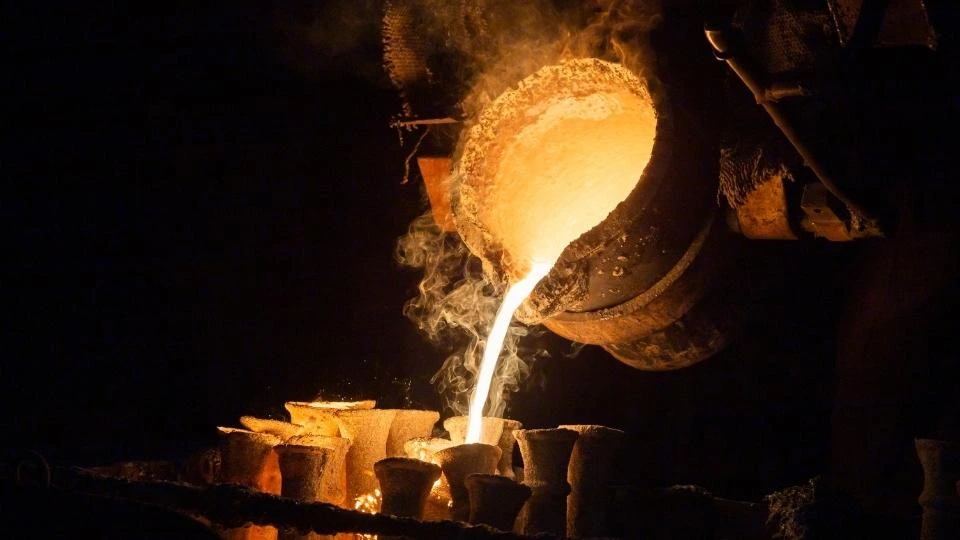
Image Name: High Pressure Die Casting
The die-casting process usually involves three major types; among these one is high-pressure die casting (HPDC). This process involves forcing a molten metal into a mold at high pressure. The pressure pushes the molten metal into every blind corner. Thereafter, a metal solidifies and is to be taken out of the mold it has been placed in. The following cycle is continued for the production to be continuous.
HPDC should not be mistaken for low pressure die casting (LPDC). Each of them has its peculiarities and applications. Here’s a comparison:
- Due to the need for high precision, HPDC employs a horizontally oriented machine.
- HPDC uses pressures of between 1000 to 25,000 PSI.
- In contrast, LPDC uses a vertical machinery configuration arrangement and operates at lower pressures.
- LPDC usually takes a longer process using different molds.
How Does High Pressure Die Casting Process Work?
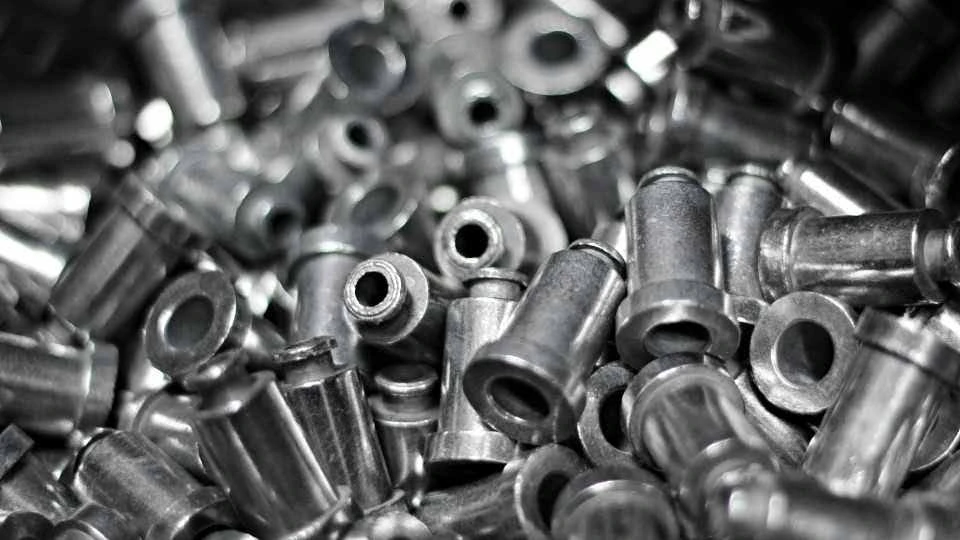
Image Name: Die Casting Parts In Large Make-up
High Pressure Die Casting (HPDC) normally involves 4 main steps: mold preparation, injection, ejection, and post-casting treatment. However, they may include vacuum die casting and semisolid metal processing. However, the general approach stays the same.
- Mold Preparation
Cleaning Die Casting Mold is a must before the process begins. So, ensure there are no impurities during the casting process that would bring a difference to the casting. Apply external coatings on the internal walls of the mold to regulate temperature and ease the product removal.
- Injection
The molten metal is then transferred to the shot chamber. Here, it is forced into the mold through either hot chamber or cold chamber practice.
- Hot Chamber Injection: In this process, the injection system is immersed in the melting furnace. The shot plunger feeds molten metal into the nozzle and then into the die. The process is optimal for metals such as zinc, magnesium, and lead.
- Cold Chamber Injection: Liquid metal is then cascaded into a cold chamber sleeve. Generally, it’s done by a hydraulic plunger which compels the metal to go into the die. This method is suitable for high melting point metals such as aluminum and brass or even copper or steel. It can also use horizontal or vertical injection.
However, both injection processes can be used with magnesium. Small fine components are made by hot chamber machines because of the confines in size. Zinc Die Castings are usually more rigid than high pressure aluminium die casting.
The injection process is performed under pressures of 1,500 to 25,000 PSI. The pressure is maintained for a period not exceeding a few hundred microseconds. In cooling, hydraulic pressure causes gas expulsion, which is trapped in the mold. The pressure helps to make up forget for contraction when the metal solidifies. Such a capacity of 4000 tons, however, can be addressed by dies.
Part Removal
After the metal has become solid, ejection pins simply force the casting from the mold. These pins are placed at the movable mold ends to facilitate the release.
Trimming
Following casting, the cross-sectional thickness or any protruding part is cut off from the product. For this purpose, equipment such as trim dies and saws are used. Trimming may give rise to metal scrap that can, in future production cycles, be utilized to make more products. (Read more about the common high pressure die casting defects in our comprehensive guide)
Try Prolean Now!
Materials Compatible with High Pressure Die Casting
HPDC is optimal for manufacturing metal components or parts. The most widely used of these are aluminum zinc, and magnesium alloys. Let’s take an overview of these materials to determine whether it’s better to use HPDC or another method.
- Aluminum
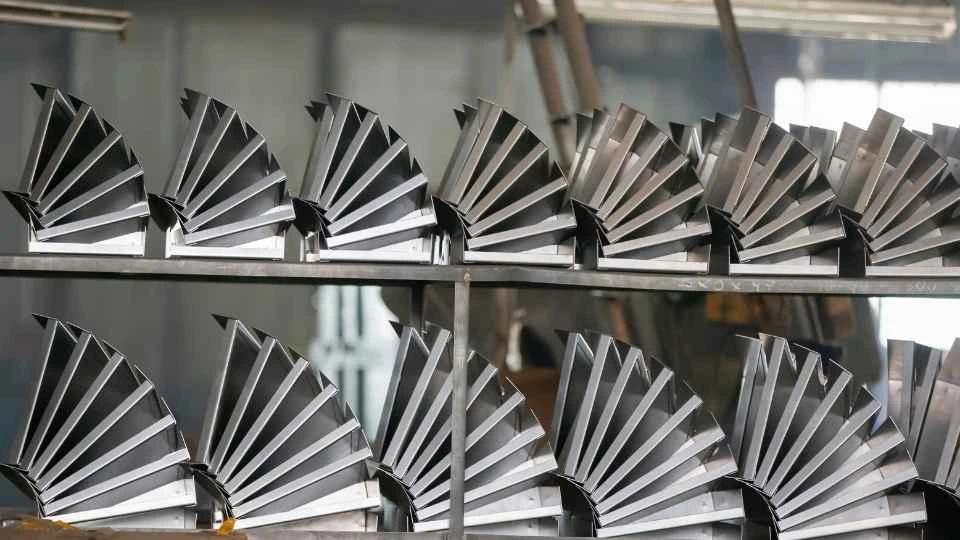
Image Name: Aluminum Die Casted Parts
Aluminium is the most predominantly used material in HPDC. Its properties make it suitable for use in industries such as automobile and airplane manufacturing industries. Aluminum has a fair fluidity, especially when melted under pressure. However, for high-quality casting, it needs a cold chamber system. Some of the most commonly used aluminum alloys are 380, 390, 412, 443, and 518.
In addition, aluminum parts are preferred due to their relatively lightweight. It also gives improved dimensional stability, electrical conductivity, erosion resistance, and thermal resistance to the final item.
- Magnesium
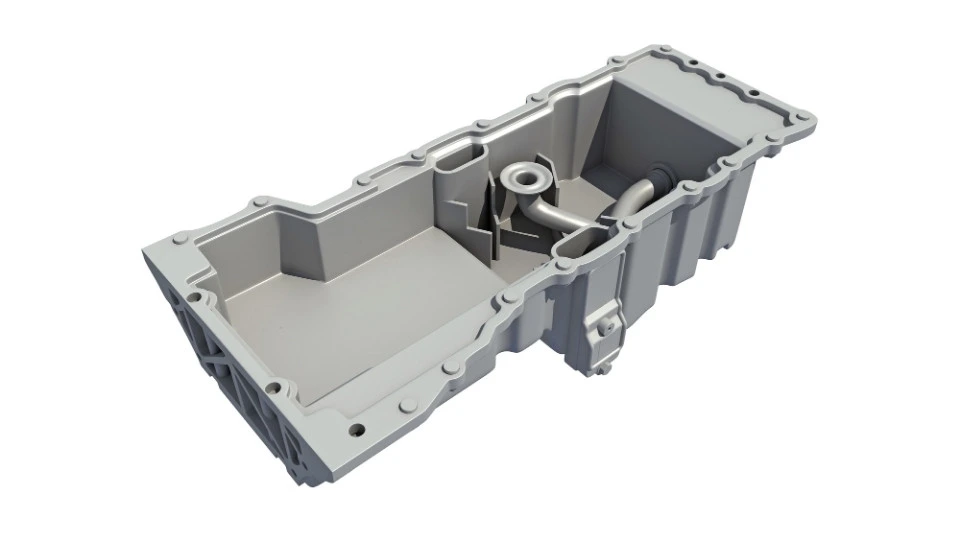
Image Name: Magnesium Die Cast Product
Like aluminum, magnesium is another opted material used in HPDC. It is lighter than aluminum and is noted for high machinability. Out of all the alloys, magnesium is most suitable for hot chamber die casting because of its low melting point. The popular alloys are AZ91D, AM60, AS41B, and AE42.
- Zinc
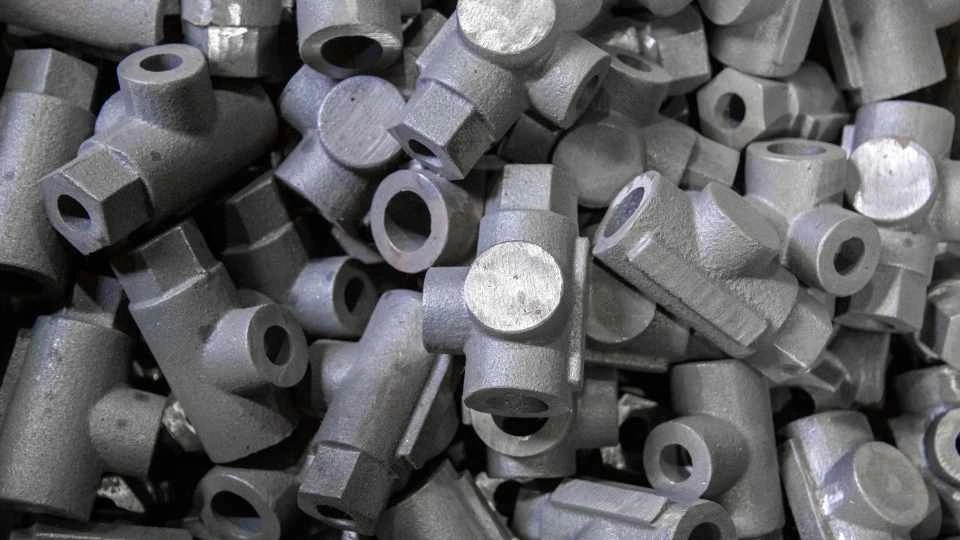
Image Name: Zinc Die Casted Parts In Bulk
Among the HPDC materials, zinc is the most friendly to users. It is quite suitable to use with both hot chamber and cold chamber systems. Zamak 2, Zamak 3, and Zamak 5 are the three primary zinc alloys applied to high pressure die casting applications. Zinc parts are mechanically sound, wear-resistant, and can readily be processed.
In addition, other materials may be used including copper, lead and tin alloys, etc. Each material features distinct properties. The first criterion for choosing a material is the required function and the conditions under which the equipment will operate. You should ask a die-casting service provider about the most appropriate material.
Try Prolean Now!
High Pressure Die Casting Proces Applications: Product Types It Makes?
High-pressure die casting can be used across all industries because of the benefits that come with it. The following are the merits of this method.
Higher Production Rates
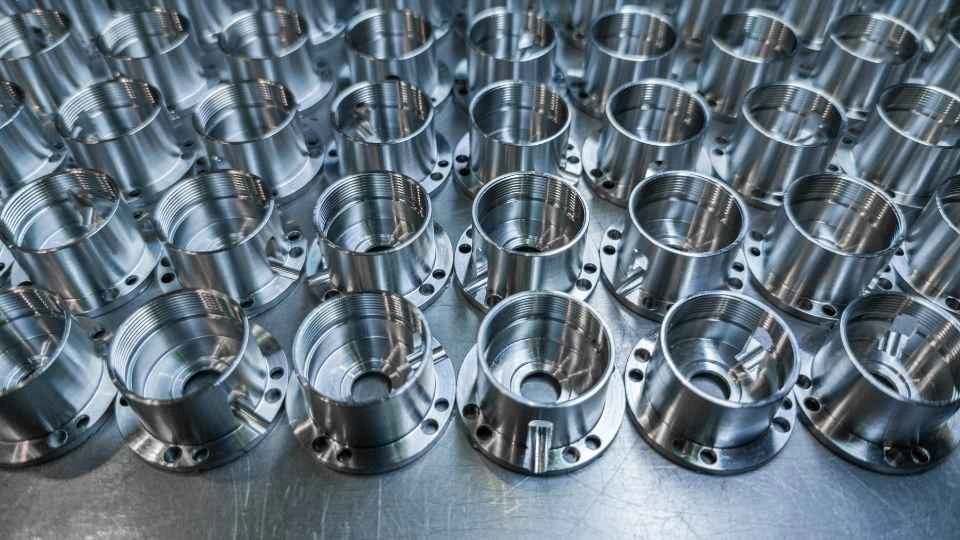
Image Name: Precision Die Casting Components
High pressure die casting process allows for production at faster rates as compared to the other methods. Since the process of high-speed injection of molten metal helps in faster production. This makes the process suitable for high-volume production organizations.
Good Quality Parts
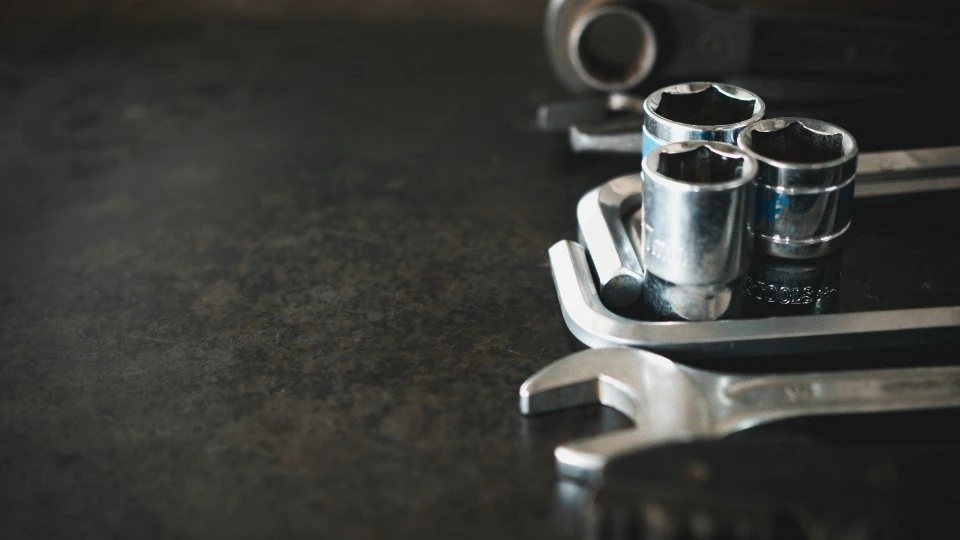
Image Name: Die Casted Tools
High Pressure Casting guarantees a near-net shape and in most cases produces a fine surface finish. Because precision parts may be cut to a very close tolerance and may not need further cutting. Another benefit of a good surface finish is that it helps to achieve easier plating. Moreover, high-pressure die casting offers uniformity, and mechanical stability in parts being produced.
Thin Wall Products
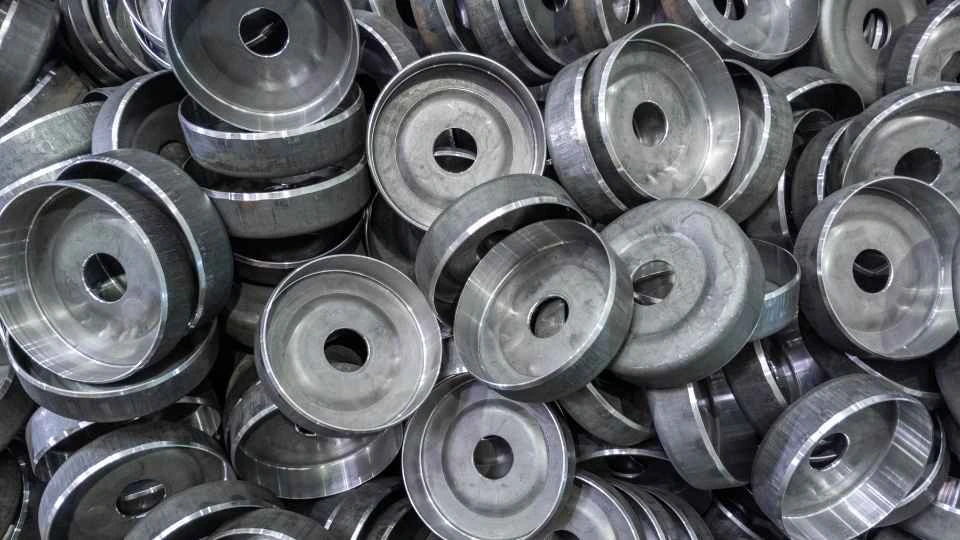
Image Name: Thin-Walled Casting Parts
The high pressures used in the process allow for thinner wall sections. The minimum wall thickness available is 0.40 mm, as per the requirements. Thin-walled constructions can create lightweight products and assist in weight shedding. Besides, it enables the incorporation of parts such as screws during casting and reduces the number of steps needed in assembling.
Achieve Complex Designs
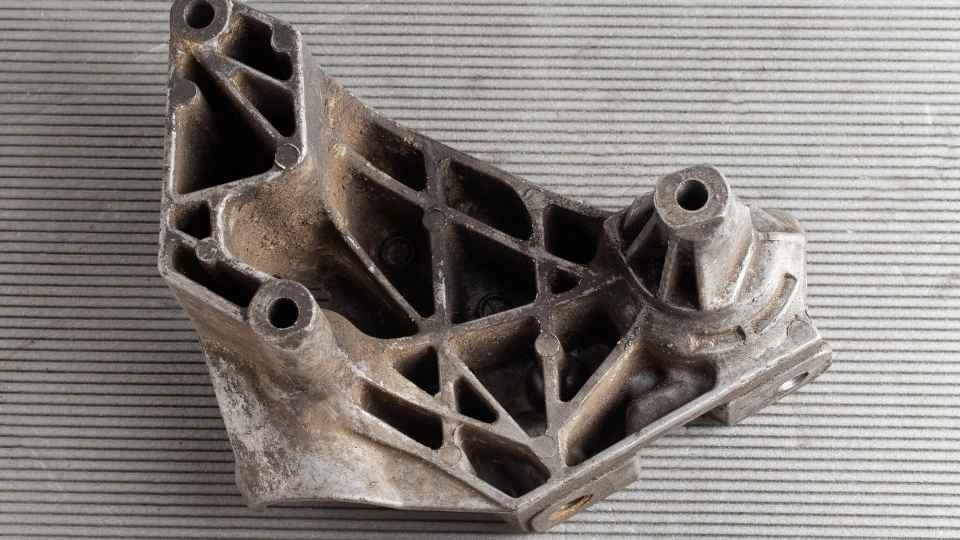
Image Name: Complicated Die Casted Part
The die shape used in HPDC offers flexibility and allows designers to develop more complex part designs. This feature is valuable for the formation of intricate assemblies employing a limited number of components.
Durable Dies
The dies utilized in HPDC are hard-wearing and possess a long life cycle. This makes it possible for them to be used in many production cycles hence lowering the cost per unit.
High Pressure Die Casting Process Applications
Many industries use high-pressure die casting for its benefits to the final product. The common sectors include.
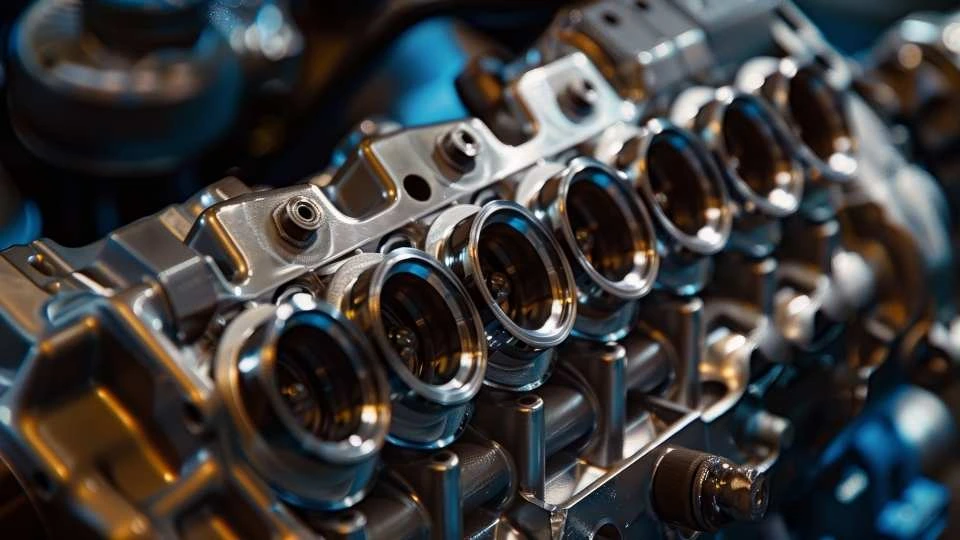
Image Name: Automotive Die Casting Suspensation System
Manufacturers employ high pressure aluminum die casting and magnesium for auto components and structural parts. They are everyday items such as engine blocks, gearbox casings, and oil sumps. Moreover, it produces engine cradles and other body stiffening parts such as cross-car beams.
Medical Industry
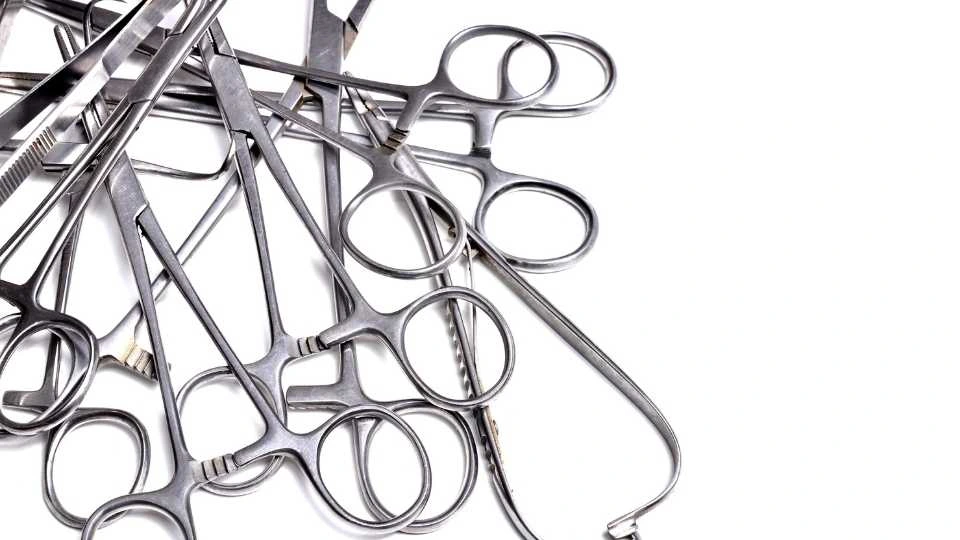
Image Name: Surgical Die Casted Instruments
The process is used effectively to develop lightweight surgical instruments. Further, it is used to fabricate medical devices and imaging equipment. It supports the manufacturing of infusion pumps and other related medical instrumentation.
Aerospace Industry
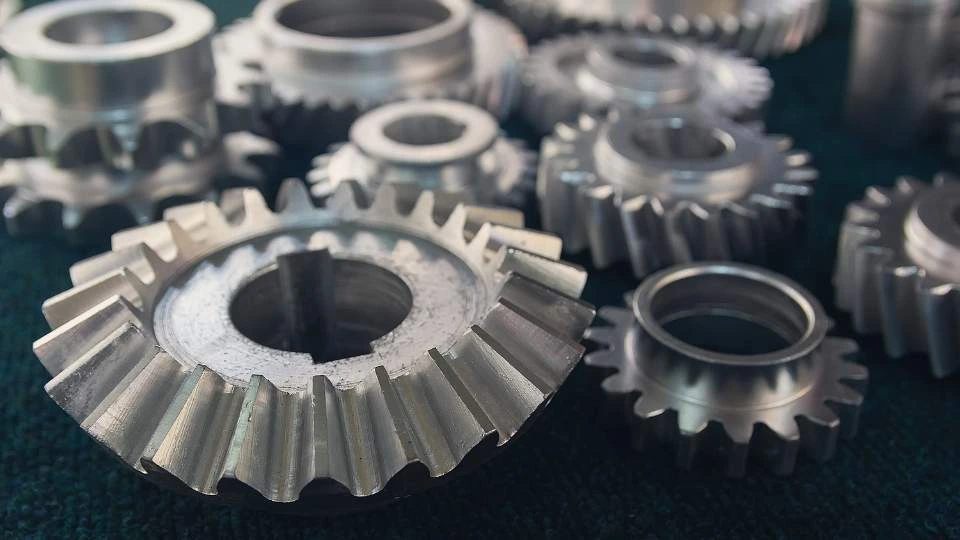
Image Name: Aerospace Die Casting
As a consequence, HPDC is preferred in aerospace because of its capability to manufacture detailed and elaborate parts. It is useful for the production of high-performance engine parts. Common materials that are used for aerospace applications include aluminum, zinc, and magnesium alloys.
Components of a High-Pressure Die Casting Machine
High pressure die casting machines consist of two systems: cold and hot chambers. Although they have the same parts, their roles are different. Here are the brief descriptions of the components and their working.
- Die Cast Mold
The die-cast mold is an important element generally constructed from steel. These are constructed through CNC Machining. The mold consists of two metal halves. These halves open and close using hydraulic action when molten metal is poured in.
- Ejector Pins
Ejector pins are pins used to push out the die-cast part after it has solidified. They are usually located on the shuttle part of the die or cutting form.
- Piston
The piston creates a pressure of molten metal and then injects it into the mold. This process in most cases is automated depending on the machine being used.
- Heating Components
Heating components include the heating element, thermocouple, and blow chamber. These parts help to keep the temperature of molten metal in a process called casting. Cold chamber systems do not incorporate these heating parts.
- Riser Tube
The riser tube is used to pass the molten metal. It guides the metal during injection into the die-cast mold through the injection process.
Prolean Tech – Custom High-Pressure Die Casting Services
Selecting the right manufacturing process and expertise is necessary for your products. At Prolean Tech, we offer access to a skilled team of engineers with extensive experience in die casting service. Our team’s capabilities enable us to guide you and address any questions you may have.
We operate advanced manufacturing plants and the latest facilities to produce high-quality products. Additionally, we offer fast lead times, rapid online quotations, and a free DFM analysis when you upload your design file to our website. So, you can trust Prolean Tech to deliver the best results at competitive market prices.
FAQ’s
Q1. What type of materials can be used in high-pressure die casting?
The most used metals in HPDC are aluminum, zinc, magnesium, and copper alloys. These materials present certain characteristics – strength, resistance to corrosion, and machinability, which are well suited to various uses.
Q2. What are the differences between high-pressure die casting and low-pressure die casting?
HPDC employs higher injection pressure (1,500 to 25,000 PSI) for a faster and more accurate shot. LPDC operates at lower pressures, is used for large, thick components, and provides less dimensional control than HPDC.
Q3. What is the usual cycle time for die casting high pressure type?
The cycle time for HPDC is typically between 15 to 60 seconds for the most complex of parts and depends on the material and the design of the mold. Reduced cycle times also mean increased productivity or efficiency of the production process.
Q4. What are the advantages of high-pressure die casting over other manufacturing processes?
Some of the advantages that make HPDC preferable to other casting methods are; that HPDC has good dimensional accuracy, good surface finish, and can produce thin-walled and complex shapes. It is also suitable for the production of large quantities at one time, it is cheaper in the long run.
Q5. Mention some high pressure die casting process applications.
HPDC is used in many industries including automotive, aerospace, medical, and electronics to make parts including engine blocks, gearbox casings, surgical tools, and housings for electronics.

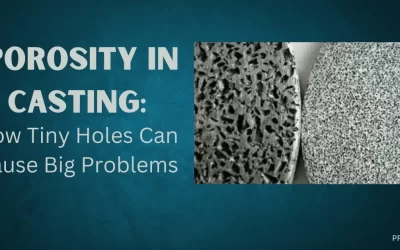
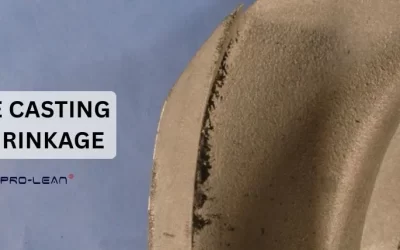
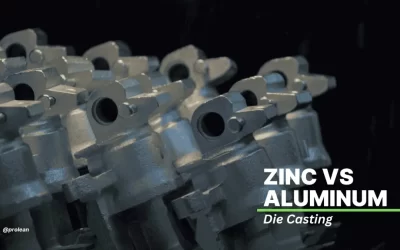
0 Comments